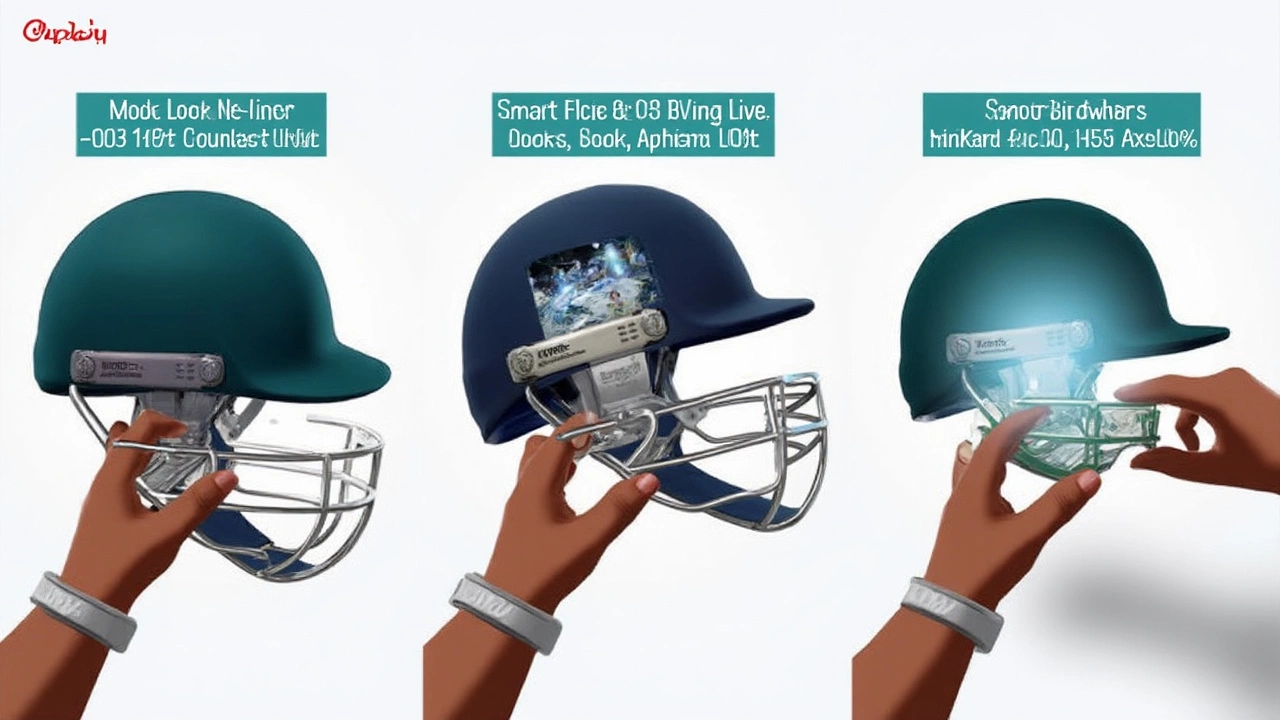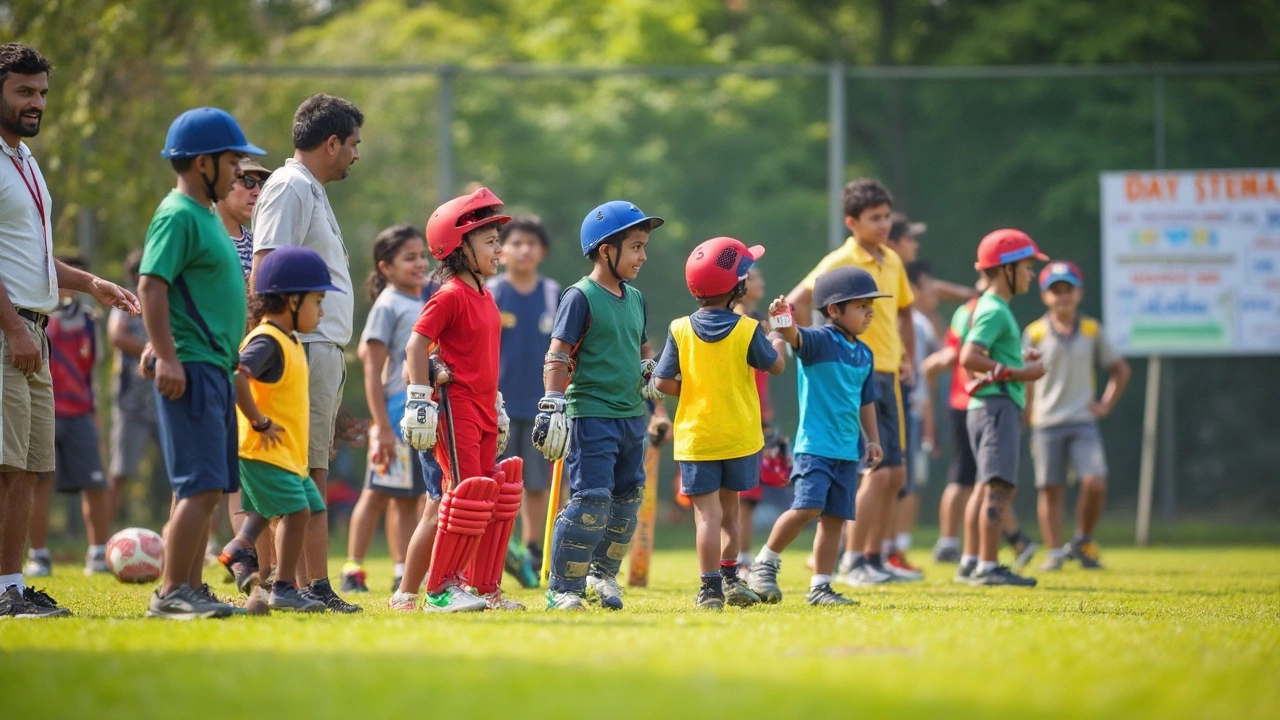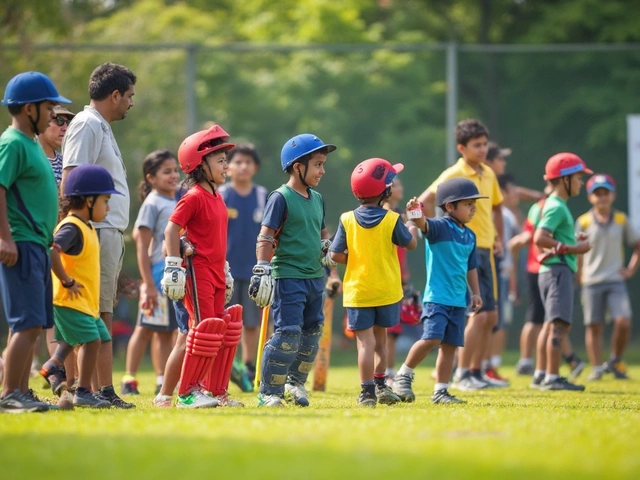Imagine a world-class football final without helmets, or a cycling race with zero pads and nobody wearing high-tech gloves. Sounds reckless, right? Whether you’re a pro scoring for your country or just shooting hoops with friends, the reality is injuries don’t really care about your skill level. They just love the element of surprise. Broken bones, concussions, or even slight sprains can knock anyone off their game in seconds. But with the right safety devices, you don’t have to cross your fingers and hope for the best—you actually stack the odds in your favor. The toolkit for modern sports safety is packed with more options than ever, from helmet sensors that detect impact to shin guards built with space-age materials. Let’s break down what’s out there and why it matters.
The Backbone of Athlete Protection: Personal Protective Gear
Ask anyone who’s played a contact sport—the moment the whistle blows, you’re grateful every single piece of equipment is strapped on right. Safety gear has changed heaps over the decades. Take helmets for instance: way back, football and cricket players wore flimsy, leather caps or none at all. Today, we’ve got polycarbonate, custom-fit helmets with padding that pretty much hugs your head. In cycling, helmets must meet rigorous standards like CPSC or EN1078, and are often equipped with MIPS (Multi-directional Impact Protection System) technology. That little yellow liner you might have seen inside high-end helmets? That’s MIPS, and it absorbs rotational forces during a crash, reducing concussion risk by up to 30%.
It's not just the dome that needs guarding. Mouthguards protect the teeth, gums, and even reduce concussion risk when a blow lands on the jaw. These aren’t your boil-and-bite cheapies; some today have sensors to measure impact forces, helping trainers keep track of possible head injuries in real time. Elbow and knee pads are a skateboarding and inline skating staple—in one research review, using pads cut injury rates by more than 60%. Wrist guards, shin guards, pads for hips, ribs, and shoulders—there’s a specific piece for nearly every vulnerable spot.
Basketball players are no strangers to ankle injuries, and that’s why ankle braces or high-collared shoes still get a spot in kit bags. Don’t overlook gloves—goalkeepers in football use reinforced gloves for grip and finger protection; cricket batsmen wear gloves with extra padding over the knuckles, and cyclists rely on gel-padded gloves to reduce vibration and prevent nerve injuries. Protective eyewear is non-negotiable for racquet sports like squash or badminton, where a freak deflection can leave you with a scratched cornea or worse.
Ever seen a cricket fielder diving with a chest guard underneath? Or a baseball catcher braced up like a medieval knight? The trend is towards lightweight, form-fitting gear using foam, Kevlar, carbon fiber, and even smart textiles that stiffen on impact. It’s not just about lessening the blow; it’s about ensuring freedom to move, so athletes don’t feel like they’re locked in armor. Aarushi once complained her running vest chafed more than it protected—so don’t be shy to experiment with fits and fabrics.
High-Tech Upgrades: The Digital Evolution of Sports Safety
Sure, helmets and pads have been saving skin for ages. But in 2025, the high-tech layer is stealing the show. Sports safety gear is as much about data and early warnings as about physical cushioning. Take helmet-based concussion sensors: in American football, these compact chips sit inside the helmet and wirelessly alert trainers if a player takes a dangerous hit. Studies reveal that after these sensors became mainstream, diagnosed concussions during youth games increased—but so did awareness and prompt treatment, which leads to better long-term outcomes.
The next-gen mouthguards have built-in microchips that record how hard and where you’re hit. Field hockey pros use these to flag impacts that might seem minor but can add up to dangerous levels during a match. Meanwhile, smart textiles (think shirts that track heart rate and movement) are common in professional training kits. They spot dangerous fatigue before a player even senses the risk, feeding coaches real-time alerts to substitute players at growing risk for a pulled muscle.
Auto-inflating air vests, a favorite among motocross and equestrian riders, are another clever twist—a high-speed crash triggers sensors that fill airbags around fragile ribs and spines, cushioning the fall. You won’t spot these at your neighborhood 5K, but for high-adrenaline sports, it’s a game-changer.
Don’t forget wearable tech for heat safety. Tennis and marathon events, for example, now use smart patches stuck to the skin that read hydration levels and temperature, sending out buzzes if athletes head into the danger zone for heat stroke. One tennis study found these patches cut urgent medical interventions by 40% during a summer tournament. If your sport is outdoors and you don’t have someone monitoring conditions, devices like these can be the quiet heroes no one sees.
One more bit of sci-fi: RFID trackers in shoes and balls. Apart from helping referees make precision calls, they also prevent collisions by warning players with real-time haptic feedback—a slight vibration when another athlete is too close or a dangerous movement occurs. For anyone juggling vision problems or practicing on crowded fields, these can be a genuine lifesaver.

How Safety Devices in Sports Are Designed and Chosen
You might wonder if the stuff you pick at your favorite sports store is actually tried and tested. Here’s the thing—a lot of thought goes into every single stitch and snap. Each piece usually starts with an injury-analysis—tracking exactly how and where athletes get hurt most. Governing bodies like FIFA, World Rugby, or the International Cycling Union lay out requirements down to the centimeter and gram. That helmet on the shelf? It’s probably smashed on a robot head dozens of times before landing in your cart.
Fit is always a tricky balance. Go too tight, and blood flow or freedom disappears. Too loose, and you might as well not wear protection at all. That’s why custom-fit options, often 3D-scanned to match your body, have become the gold standard for elite teams. Aarushi once got fitted for a marathon running vest, and the difference was night and day—no bouncing, no blisters. If you don’t have access to custom, at least take time to try different models.
Materials are a whole science in themselves. Innovation often comes from unusual places—snowboarders borrowed impact gel from NASA astronauts; soccer shin guards got lighter thanks to bicycle helmet foam. Now there’s memory foam, carbon mesh, and even fabrics laced with reactive molecules that stiffen under pressure for clever, low-bulk protection.
Regulations keep moving the goal line too. For example, hockey face shields must withstand the velocity of a puck at over 100 miles per hour, and cycling helmets must pass both direct and angled impact tests. Check the certifications stamped on your gear—labels like CE, ASTM, or NOCSAE are a shortcut to knowing your equipment’s been seriously tested.
If you play at an amateur level, don’t buy just for looks or what your heroes wear. Consider your real risk. If you’re skateboarding in urban traffic, wrist guards and a helmet should be mandatory. If you’re coaching a youth team, make double sure mouthguards and pads are non-negotiable. Studies show youth sports injuries drop sharply after leagues make safety gear compulsory—and it helps build life-long habits, not just stop an ER trip.
Practical Tips, Data, and Everyday Habits for Safer Sports
Even the fanciest gear won’t help if you let it gather dust, wear it wrong, or replace it once in a blue moon. Here’s what athletes and parents should actually do, day in and day out, to keep risk as low as possible:
- sports safety devices should always fit—no "good enough." Check straps, padding, and buckles every time you suit up.
- Follow the manufacturer’s care guide—sweat and grime damage padding and plastics. Clean gear regularly and store in a dry place.
- Replace helmets after any hard fall, even if there are no cracks—internal foam can’t take a second big hit safely. Most helmets are good for five years max, sometimes less.
- Double up on mouth guards and pads if you play more than one contact sport—cross-use wears out gear twice as fast.
- Don’t skip warm-ups and stretches—gear helps, but prevention through mobility is king.
- Be honest—don’t try to "play through" pain or dizziness. Gear can’t mask a growing injury. Communicate quickly if something feels off.
- Kids outgrow gear fast. Check size and fit at the start of every sports season, and hand down only undamaged items.
- If you play outdoors, pair safety devices with sunscreen and hydration sensors, especially during heat waves or air pollution spikes.
Here’s a quick look at how proper gear use changes risk:
| Sport | Standard Gear | Injury Reduction (%) |
|---|---|---|
| Cycling | Helmet | 58 |
| Football | Helmet + Pads | 48 |
| Baseball | Helmet + Face Guard | 68 |
| Hockey | Helmet + Shields | 63 |
| Skateboarding | Helmet + Wrist + Knee Pads | 70 |
It’s clear: if you suit up right and form smart habits, you’re much more likely to walk off the field smiling instead of limping to the ER. New devices come out every year, so keep an eye on tech upgrades that fit your sport and budget. It’s about stacking the odds—because nobody wants their season (or lifelong love for the game) cut short by a preventable accident.

